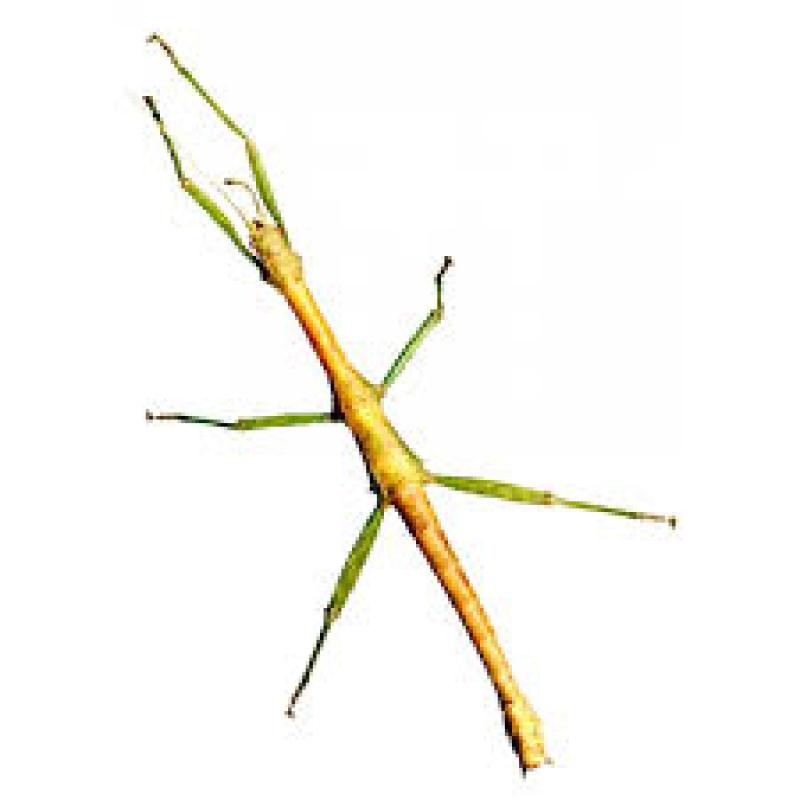Do Mama Stick Insects Get Eaten to Transport Their Eggs?


This may explain why the insects, who can’t travel far on their own, spread across unconnected lands
 This insect can survive being eaten by birds, researchers have found. Wikimedia Commons
This insect can survive being eaten by birds, researchers have found. Wikimedia Commons
Stuck in the ground, plants have a challenge when it comes to spreading their seeds. But the greenery has developed some surprisingly sneaky ways to get around their immobility—prickly seeds that stick to your plants, fluffy seeds that float in the wind, and even some durable seeds that can survive being eaten and later excreted.
But how does a creature that spends its life pretending to be a plant distribute the next generation? Amazingly they too may have picked up a covert way to spread. As Michael Allen reports for Science, encased in an egg, the stick insect babies can travel surprising distances in the bellies of birds.
To test the durability of the critters, Kenji Suetsugu, a biologist at Kobe University in Japan, and his team fed eggs from three species of stick insect to a brown-eared bulbul birds. Found in eastern Asia, bulbuls are known predators of stick insects in Japan.
Hours later, the birds pooped out the insect eggs. Between 5 and 20 percent of the eggs survived the ordeal—and a couple of eggs from one species even hatched. As The Washington Post’s Sarah Kaplan notes, this isn’t a great survival rate. But it’s possible that this process could ultimately help stick insects widen their range, with birds doing all the heavy lifting. The researchers detail their findings in a study published in the journal Ecology.
As Kaplan reports, plant seeds and stick insect eggs have some conspicuous similarities. Both are small and hard-shelled and are sometimes even covered in a protective coating of calcium oxalate. This led Suetsugu to speculate that the eggs could survive the journey down the avian digestion tract.
Even so, stick insects are not the most easily spotted treat. Unlike plants that evolved to appeal to birds and other animals, stick insects evolved to look much like sticks. But the adults are still frequently eaten, including females laden with fertilized eggs, according to a press release, making this form of travel a potentially important dispersal method.
“Considering that stick insects are slow moving and often flightless, with a limited capacity for dispersal, the benefits of long-distance dispersal via bird predation should not be underestimated,” Suetsugu tells Kaplan.
The team is now planning to expand their research to other critters to examine possible connections between the genetics of stick insect species and bird flight paths. This could help researchers to better understand how the birds’ dispersal of stick insect eggs affects the gene flow of the insects.


There are so-o-o-o-o many cool animals....
Really neat story, Bob. I just love learning about animals. Mother nature is so smart.
The variety is... marvelous in the strict sense...
Did you know they are actually mantids? I thought that an interesting little tidbit when I was raising mantises years back.
The praying mantis is a mean sucker. I picked one up once as a kid and it bit me. It hurt.
As far as the article, I guess it gives new meaning to the stork bringing babies.
Yeah, it's my observation that mantids have personalities and some are dicks lol. Some will definitely bite. Most don't.
Nothing new here, there are species of fish that are planted in different bodies of water either through a birds digestive system or by the mud on the birds feet.